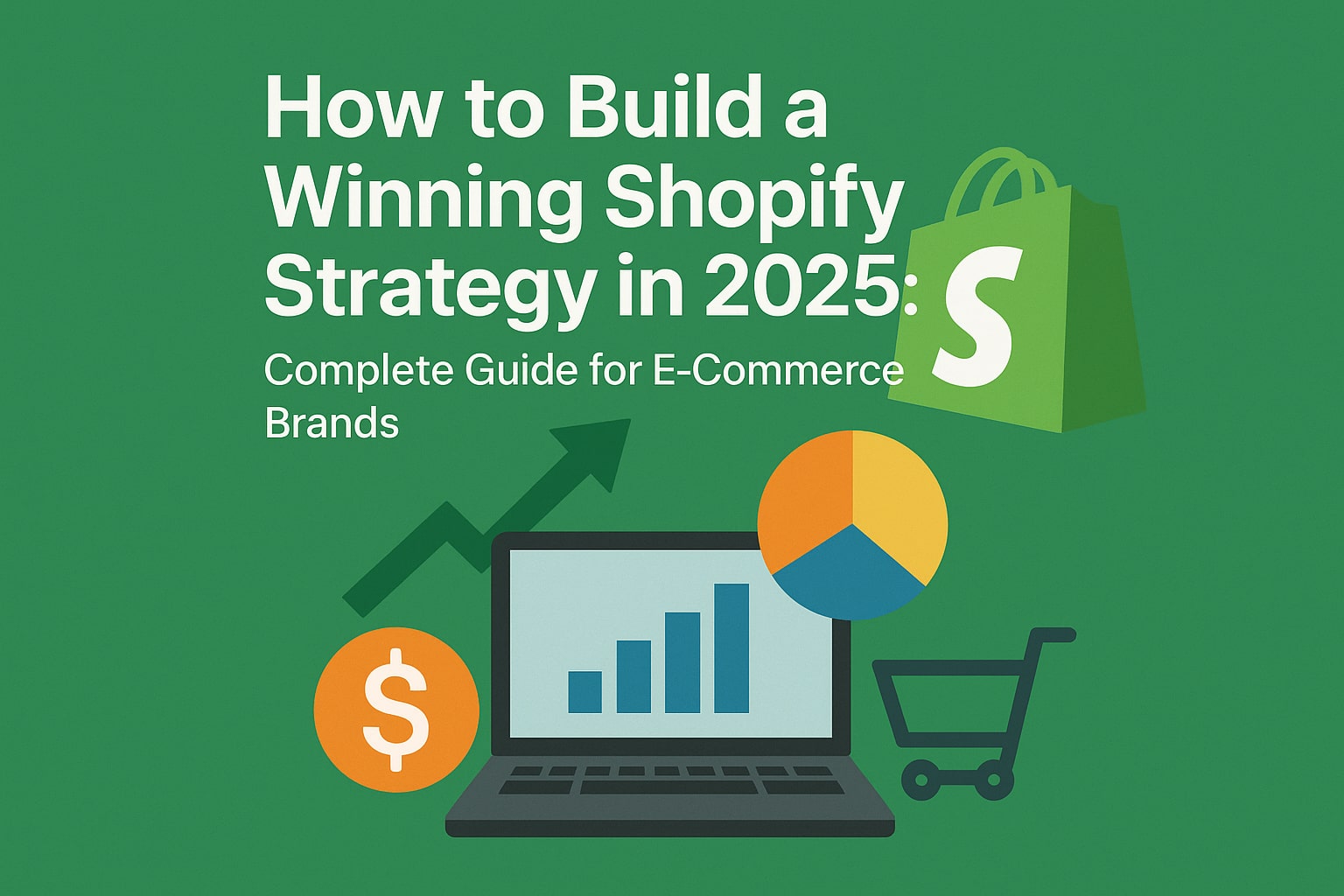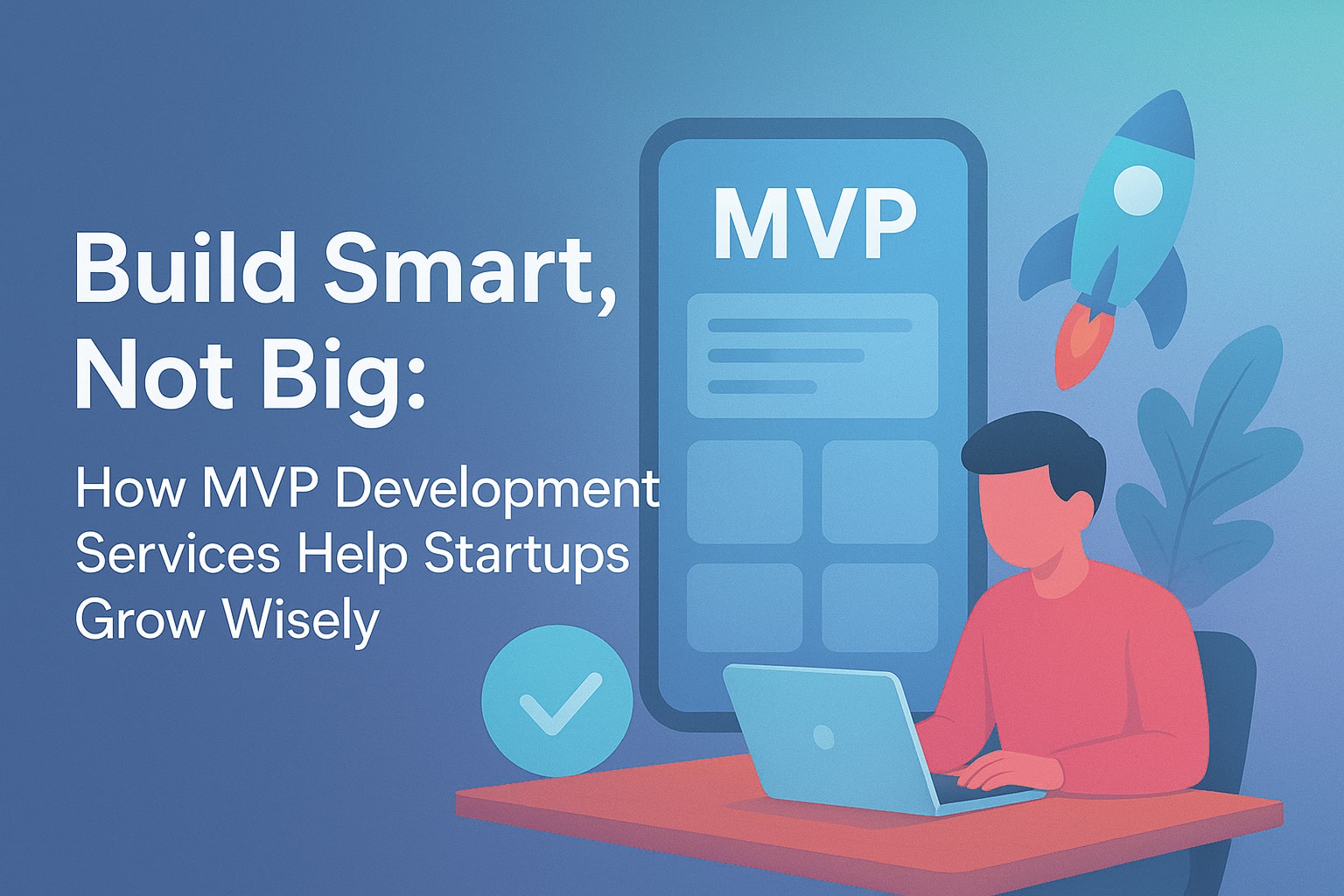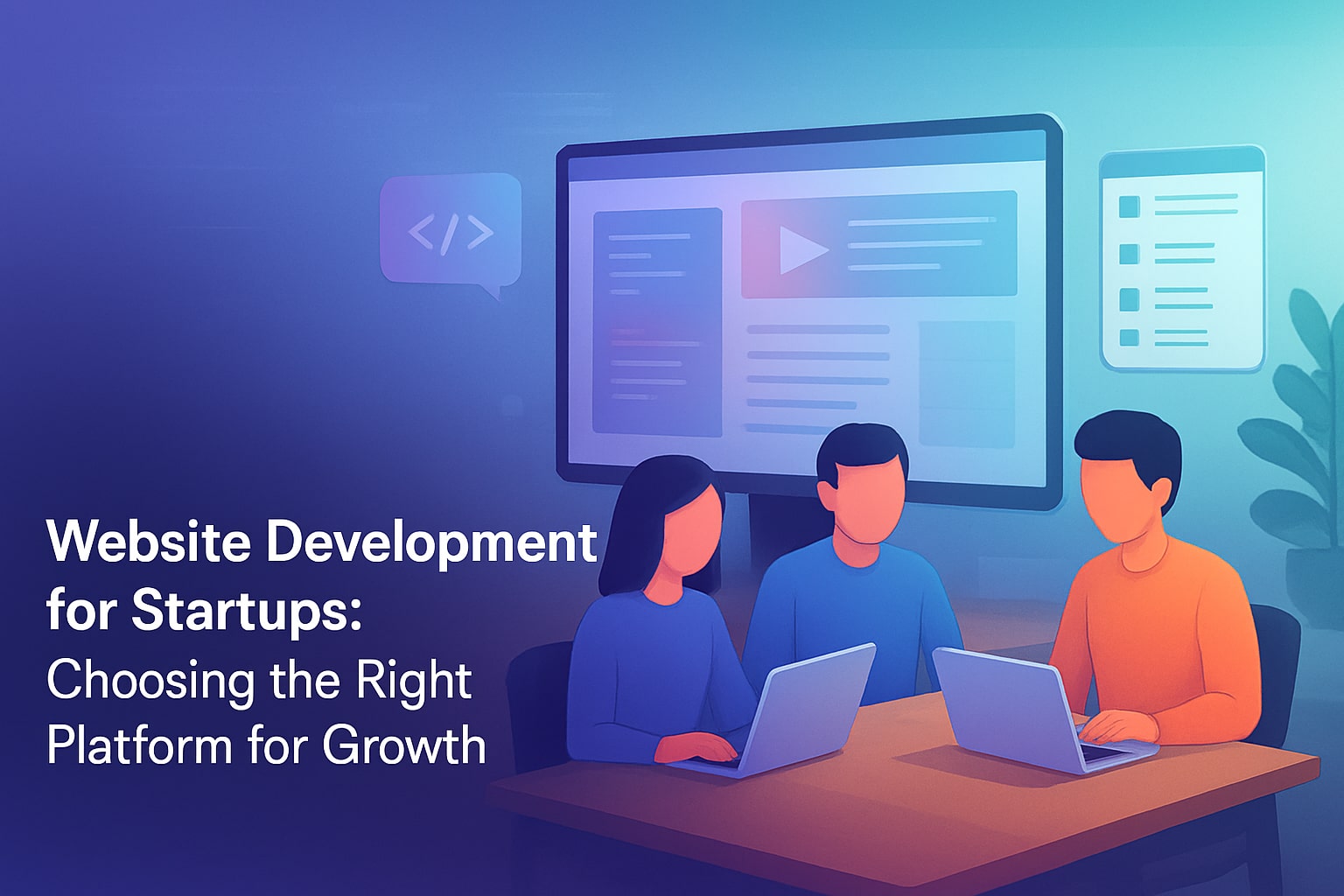
How to Build a Winning Shopify Strategy in 2025: Complete Guide for E-Commerce Brands
Operating a Shopify store in 2025 is very competitive. Many new online businesses appear each year, so having a good-looking store isn’t enough to get noticed. In our previous article, we explored some useful Shopify Optimization Tips to improve your Shopify store. If you want a business that makes money and lasts, you also must have a well-thought-out Shopify strategies that include more than just advertising and getting people to visit your store.
This article reviews nine approaches used by successful Shopify store owners. These Shopify strategies can help you increase earnings, improve profits, and build a sustainable business, whether you are a beginner or scaling up.
1. Track and Optimize Your Revenue Per Session
Store owners usually focus on traffic or income, but many don’t follow income per session (RPS). You can find this number by dividing your income by the number of sessions. It shows how well your site changes visitors into paying customers.
- Benchmark: Try for at least $3 income per session.
- Top stores: Brands reaching $5+ RPS are often the most profitable.
Why it matters: If you’re paying $1 per click in ads and making $2 income per session, you’re doubling your money before expenses. But if income per session is low, your marketing costs can lower your earnings.
How to improve it:
- Increase average order value with upsells and bundles.
- Improve conversion rates through A/B testing, clearer CTAs, and better site design.
- Test adjustments carefully: consider that a lower average order value combined with a higher conversion rate can still increase revenue per session.
A data-driven Shopify strategy always includes tracking RPS, because what gets measured gets improved.
2. Focus on Gross Margins
Gross margin is a key factor in profit. Try to get between 70% and 80%. Good margins let you put money back into things like marketing and how you run your business.
How to improve it:
- Increase product prices strategically.
- Negotiate better manufacturing or shipping costs.
- Optimize packaging and logistics.
For example, Ridge Wallet has profit margins of around 80%. This allows them to invest a lot in advertising and still make money. Solid margins like these let a business grow quickly while staying sustainable.
3. Differentiate Your Hero Products
Every Shopify brand has one or two “hero products” that generate most of the revenue. To succeed long-term, those products must stand out. A Shopify strategy that relies on generic, undifferentiated items will quickly struggle in competitive markets.
Good examples:
- Hollow Socks: alpaca fiber socks positioned for outdoor and working audiences.
- Hush Blankets: weighted cooling blankets that exploded in popularity.
- Pela Case: sustainable phone cases marketed as the eco-friendly alternative.
Bad examples:
- Generic dog harnesses without unique features.
- Sunglasses that look like every other brand.
- Hair care with the same ingredients as competitors.
If your hero products have a clear USP, marketing becomes much easier.
4. Customer Acquisition: Start with Meta and Google
It’s tempting to experiment with every new ad platform, but most successful brands stick with the proven giants: Meta (Facebook/Instagram) and Google Ads.
These platforms:
- Have the deepest data and targeting capabilities.
- Work reliably for both scaling and retargeting.
- Deliver consistent ROI when campaigns are optimized.
Expanding into platforms such as TikTok, Pinterest, or Snapchat might prove beneficial, but this is often true once your company has reached a revenue of eight figures. Before achieving this level, it is often best to concentrate your advertising budget on the platforms that give better returns.
5. Content Creation: Become a Media Company
In 2025, every Shopify brand needs to think like a media company. Content fuels ads, organic reach, email campaigns, and social media presence.
Winning content types:
- Authentic UGC (user-generated content) – short, raw, natural videos that look native to platforms like TikTok.
- Review-based videos – personal stories from real customers explaining why they switched to your product.
- Problem/solution clips – demonstrating pain points and how your product solves them.
- Comedy or relatable skits – humor is one of the fastest ways to capture attention.
A strong Shopify strategy includes a scalable content engine that constantly produces high-quality, authentic assets.
6. Optimize Your Website Experience
Your website is your digital storefront. If it’s slow, confusing, or poorly designed, even the best ads won’t convert.
Key optimization points:
- Mobile-first design – 90%+ of traffic comes from mobile.
- High-quality product photos – professional, multi-angle, lifestyle shots.
- Fast load speeds – aim for under 2 seconds.
- Trust icons near CTAs – free shipping, money-back guarantees, secure checkout.
- Clear, visible Add to Cart buttons – they should pop, not blend in.
- Above-the-fold essentials – photos, pricing, reviews, and CTA without scrolling.
- Organized descriptions – include FAQs, shipping/returns, and social proof.
To learn more about improving site performance, take a look at our blog, where we cover Shopify Speed Optimization and share actionable Shopify optimization tips.
7. Build Dedicated Landing Pages
Matching landing pages to specific campaigns can lead to a quick increase in conversion rates. Instead of one general product page, try matching the landing page to the ad or type of person you’re trying to reach. This could make a big difference fast.
Examples:
- Haircare brand running a dandruff ad → send traffic to a dandruff-specific page.
- Outdoor gear store targeting hikers → landing page with testimonials and imagery for hiking use cases.
The most effective landing pages feature:
- A powerful headline.
- Strong hero image or video.
- Fast load time.
- Clear CTA.
8. Develop a Robust Email Marketing Strategy
Email remains one of the most profitable channels, often driving 30–40% of revenue for top stores. Yet many brands underutilize it.
Core components:
- Pop-ups converting 5%+ of visitors into subscribers.
- Flows including:
- Welcome sequences.
- Browse and cart abandonment.
- Post-purchase upsells and review requests.
- Sunset (list cleaning).
- Win-back campaigns.
- Campaigns 2–3x per week with value-driven content and promotions.
Automation ensures steady revenue while campaigns keep your brand top-of-mind.
9. Expand Internationally
After establishing a solid customer base domestically, consider expanding your Shopify store into new markets to increase profits.
Best expansion markets for Shopify brands:
- Canada, UK, and Australia – culturally similar and strong purchasing power.
- Singapore and UAE – fast-growing, under-served markets.
- Broader Europe – strong demand for niche e-commerce products.
Localized currencies, shipping options, and translated content can really help as you grow your business around the world.
Conclusion
To build a solid e-commerce brand with Shopify in 2025, you’ll need a plan that goes beyond just getting visitors and listing items. Concentrate on things that grow profits, like income per visit, and focus on key products that stand out. Make use of ad platforms that have a history of success, produce genuine content, and think about selling internationally.
At Digital Octane, we help businesses of all sizes design and implement powerful Shopify solutions. Whether you’re refining your first Shopify strategy or scaling to the next level, we provide the technical and strategic support you need to succeed.
You may also like

In-House vs. Outsourced App Development: Which One Is Right for You?
Launching an app can be one of the most exciting – and daunting- steps for a startup. A frequent question among founders is whether to build a team internally, or to rely on outsourced app development? Both options have pros and cons, and the right choice depends on your budget, timeline, and growth strategy. In…

Build Smart, Not Big: How MVP Development Services Help Startups Grow Wisely
Your startup idea feels like it could change the world – but let’s be honest, ideas alone don’t pay the bills. You’ve got limited time, a tight budget, and a dozen things pulling you in different directions. The last thing you want is to spend months (and thousands of dollars) building something nobody needs. That’s…

Website Development for Startups: Choosing the Right Platform for Growth
Your startup idea is ready to take off – but without a solid online presence, your audience might never find you. With millions of websites out there, building one without a plan can waste time, money, and energy. Smart website development for startups isn’t just about coding – it’s about building a platform that grows…

